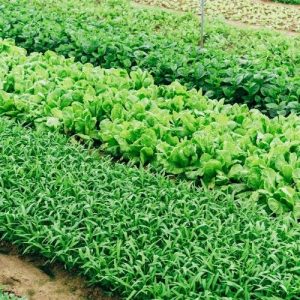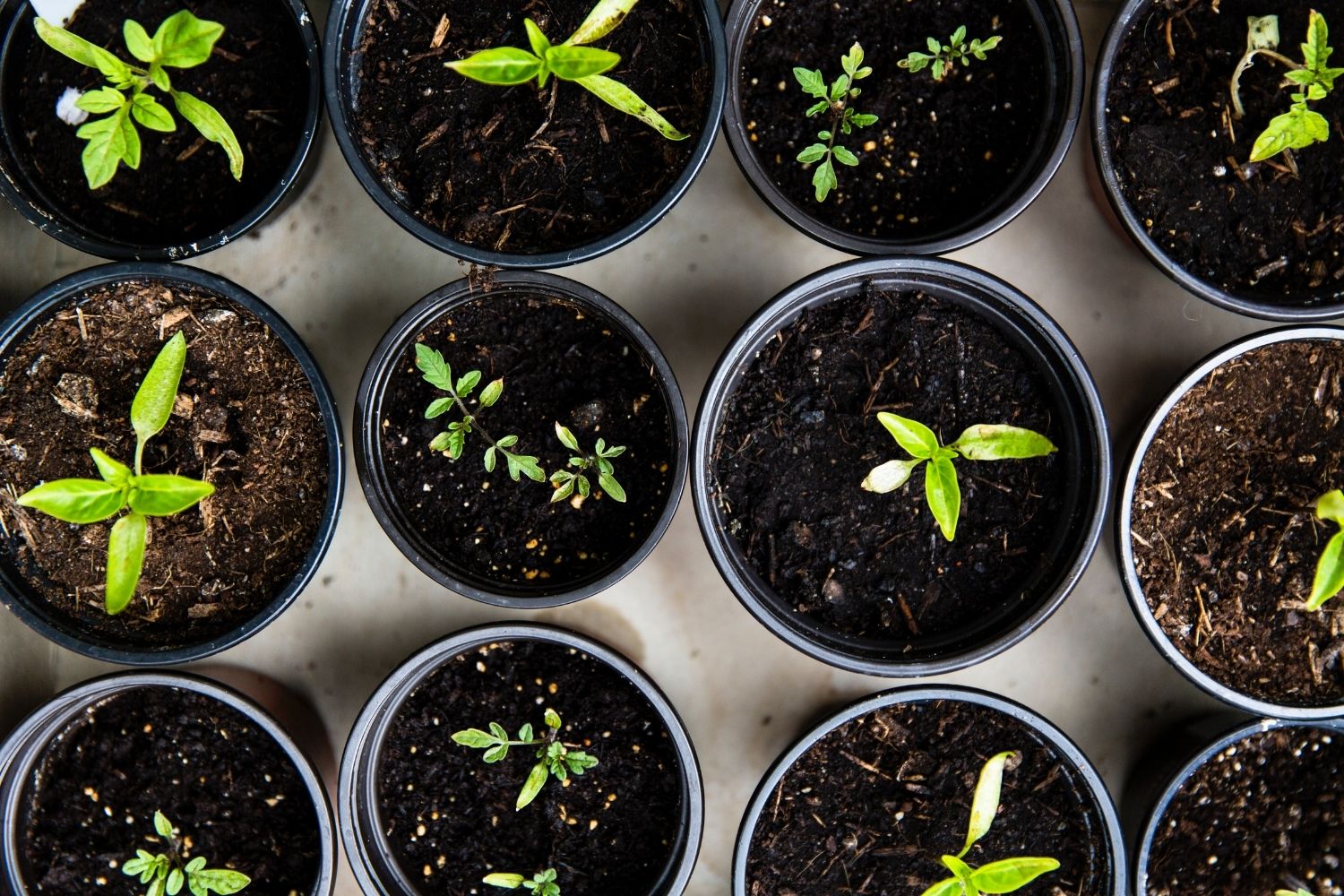Gardening is a great hobby, and people can do it in many different ways. Container gardening is becoming increasingly popular, but people prefer to grow their vegetables in-ground. Container gardens offer an easier way for those with limited space or mobility problems to garden, as they don’t need nearly as much room as traditional gardens. You can also plant any plants you want, so if you have allergies or dislike certain plants, this may be the best option for you.
On the other hand, some people feel that container gardens lack character because they cannot see how far back into the ground the roots go – which means When it comes to garden types, you have the choice of planting in an area that is raised off the ground (a container garden) or the one dug into the ground (in-ground garden). With both garden types, you can grow an innumerable amount of plants. However, each garden type has its pros and cons, as listed below:
Container garden
A container garden is any garden that exists in a place that is not dug into the ground. They are usually small, no more than 5 ft by 2 ft wide, and can fit just about anywhere on your property. Container gardens benefit from being easier to maintain over time because weeds won’t be growing in the garden. However, because they are not dug into the ground, you are limited to what you can plant into your garden that is small enough to fit into an area that size.
In-ground garden
An in-ground garden is any garden that has been dug out of the earth and planted on an elevated surface above ground. The in-ground garden is the more traditional garden type that most people grow in before moving onto a container garden. They can range in size and shape based on your garden design.
In-ground garden benefits
1. Space for multiple types of plants.
One downfall to a container garden is that you may not fit certain types of plants or garden motifs into your garden. This is not a problem for an in-ground garden because the garden area can be dug out and re-shaped to accommodate any garden composition you want. This provides you with more space for garden beds, allowing room to expand gardens in the future without digging up old soil and starting from scratch.
2. Easier garden maintenance
As a garden owner, you will most likely make garden care part of your routine. However, the upkeep for a container garden is much harder than it is for an in-ground garden. Because a container garden occupies a small surface area, gardeners have to constantly weed out garden beds to keep plants from growing large and overtaking garden areas. On the other hand, gardeners with an in-ground garden will not have this problem because garden weeds pose much less threat to garden plants.

In-ground garden setbacks
1. Increased risk of garden pests
If you grow your plants in raised beds, they are more susceptible to garden pests.
Container garden benefits
1. Space for more extensive garden beds
One benefit of a container garden is that it can accommodate larger garden bed areas than an in-ground garden because the garden doesn’t have to be dug out of the ground. This allows you to plant multiple types of garden plants into your garden instead of choosing a garden design and sticking with it.
2. Requires less garden upkeep
Although garden weeds can still grow in a container garden, they pose less of a threat than an in-ground garden because the garden is raised up off the ground. This means that gardeners won’t have to spend much time weeding garden areas and maintaining garden beds.
Container garden setbacks
1. Easier garden pests
One of the most common garden pests is slugs, which can get into a container garden easier than an in-ground garden because they don’t have elevated sides surrounding the garden borders. If you want to keep garden slugs from eating your garden plants, you might consider using garden repellents or garden snail traps to eliminate garden pests.
2. Limited garden design
Although container gardens can accommodate multiple garden designs, it is still more complicated than having the freedom to choose and manage any garden composition you want with an in-ground garden.
Which garden type should you do?
Both garden types have pros and cons, so the next step is to decide which garden design is best for your gardening needs. If you are starting with a garden or don’t plan on doing much maintenance, then a container garden would be perfect for you. However, if you want garden space to grow multiple garden plants or have garden pests attacking your garden beds, then an in-ground garden would be the better garden type for you.















